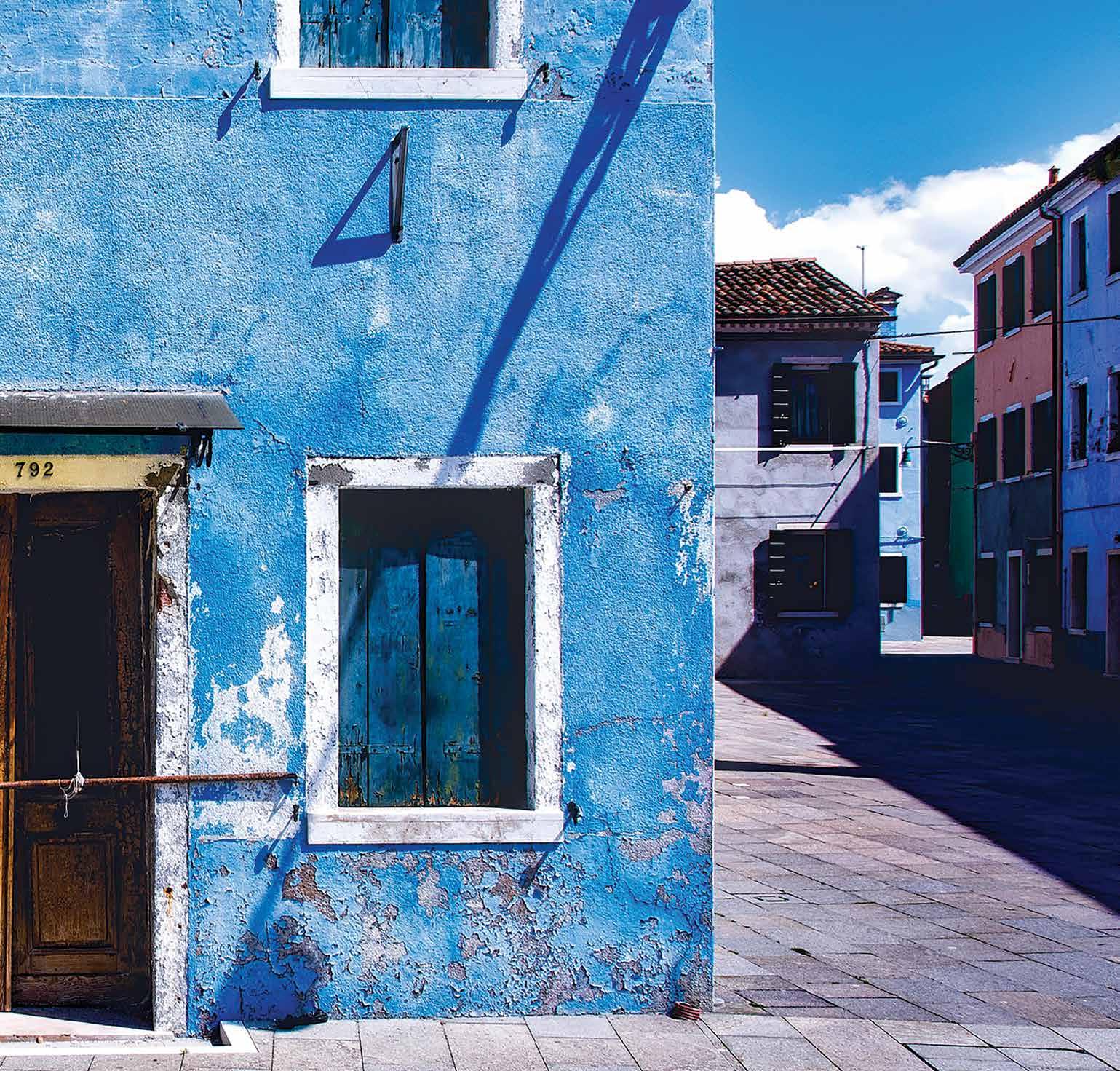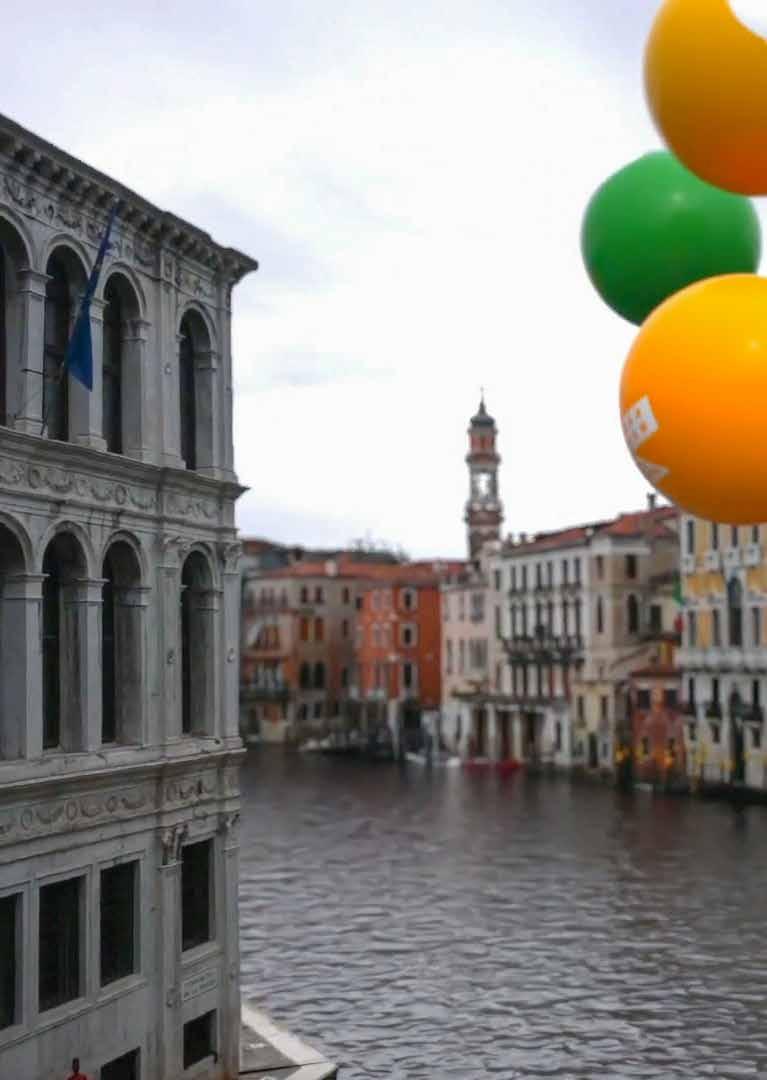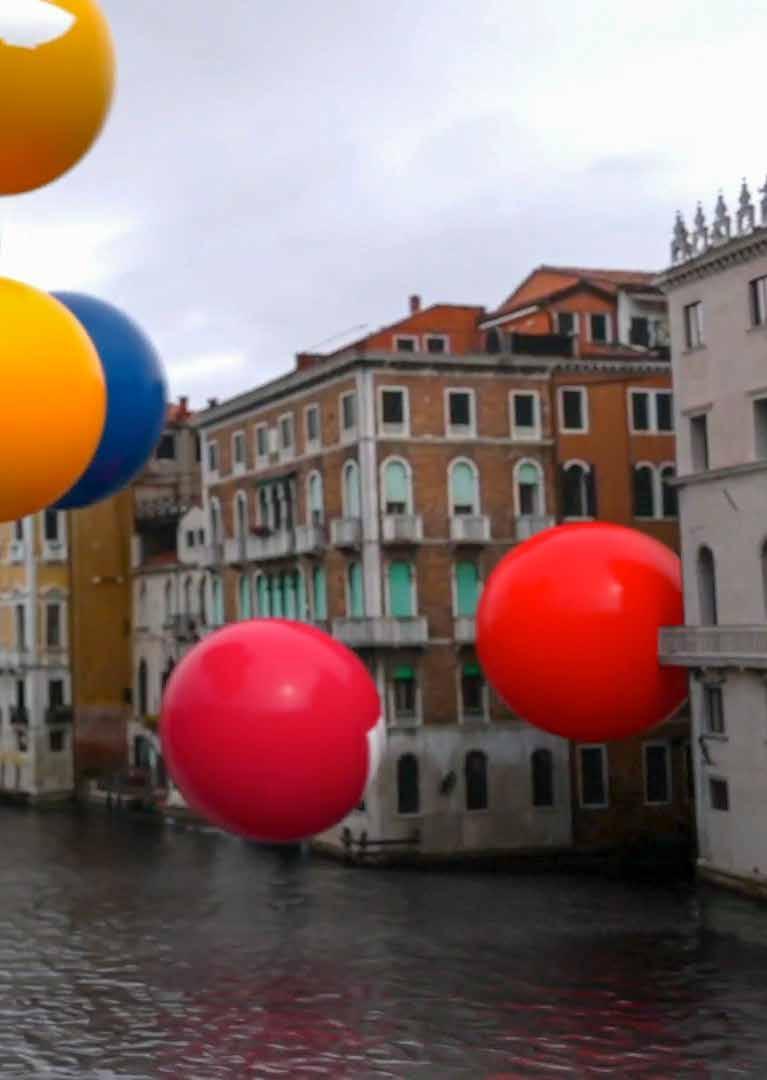
3 minute read
ONE ON ONE - Can creativity affect the implementation of the SDGs at the city level?
by readit
with Francesca Lavazza, Board member Lavazza Group
Can creativity affect the implementation of the SDGs at the city level?
Advertisement
Cities are complex but privileged places because it is where artistic and cultural experimentation finds fertile ground. Turin is the city where our company was founded in 1895 and it is still our city of choice. It has been the starting point for extraordinary projects of sustainable urban art, thanks to the teamwork that has brought together local administrators, artists, creative minds and photographers from all over the community.
Sustainability in its three dimensions (social, economic and environmental) has distinguished our company’s actions since 2015 when, together with the Lavazza Foundation, we joined the Global Compact initiative. It was then that the decision was made to transform the 17 global objectives of the United Nations into Lavazza’s guidelines for the present and future of the company.
To raise awareness about sustainability and create a common language, we devised Goal Zero, which amplifies the message of the SDGs, and we became ambassadors for our 2030 Agenda, a tool to encourage people to take action and become the real protagonists of this change. Our story, at this point, met and introjected other voices present in the city. The project “Towards 2030: what are you doing” was the spark that allowed us to bring artists together and issue them with a challenge: how to bring the 17 global goals to the walls of Turin and turn them into a manifesto? How to communicate the United Nations 2030 Agenda in a clear and universal language that can be understood by the whole community?
The enthusiasm and the great participation of Italian and international artists made us realize that we were on the right track. Together we turned Turin into the first open-air laboratory, and street art expressed the essence of the UN SDGs. Eighteen urban canvases were created (18 walls of the city) and Martha Cooper, mentor and photographer of street artists, made the project known worldwide.
Following his testimony, Feltrinelli published the book “TOward 2030 - Urban Art for Sustainable Development” and is now a narrative manual of the project.
To what do you attribute the success of the initiative?
All the stakeholders firmly believed in the
project and the artists made their art available by getting personally involved. They each interpreted a goal of the 2030 Agenda, as well as incorporated Goal Zero, with the intention of engaging the citizenry. The artists established a dialogue with the neighbourhoods by creating conscious spaces, and the community responded by actively involving schools, guided tours, workshops, and presentations with the common goal of taking action for sustainability.
Pandemic prompted us to complement the physical project with the digital initiative TOward Tomorrow. This is a contest launched on Instagram that engaged creatives from around the world in a discussion about art and sustainability, with the aim of encouraging them to look at their work in light of the 17 SDGs and create a network that includes the American magazine Juxtapoz, Art Helps and the United Nations SDG Action Campaign and 17 international NGOs.
We hope that “TOward 2030” can become a source of inspiration for other cities and companies because we believe that art is a tool to raise awareness, inspire and encourage sustainable behaviour.













